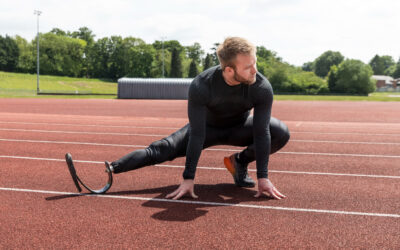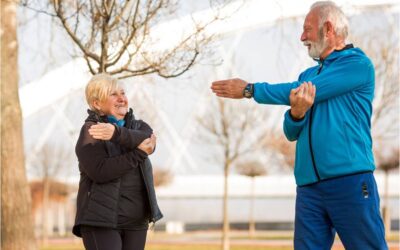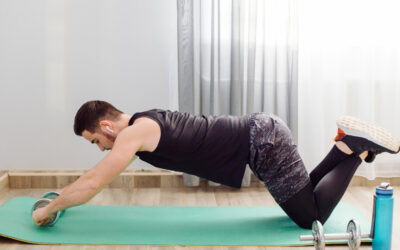If you often partake in sports, you may already know the importance of stretching before and after any exercise or sporting activity. Incorporating stretches into your warm-up routine is known to aid in the prevention of sprains, strains, and other common sporting injuries. And what activity is most associated with bending, stretching, and building up strength within our bodies? Well, yoga, of course. Recently, more and more people are turning to yoga to help prevent and even recover from sporting injuries. Given that Yoga comes with a variety of long-term health benefits, mostly regarding joints, muscles, and ligaments, which are the areas that are often more susceptible to injury, it’s not hard to see why.
How Does Yoga Help?
Yoga lengthens and strengthens muscle tissue by applying a safe and healthy amount of stress to those muscles when you stretch into various shapes. It allows for a more relaxed, moderate workout that lets you gradually expand your range of motion. Because it lessens the stress on the injury, it is extremely popular if you are hurt or injured. With that in mind, why do we stretch during a warmup? Your warm-up’s goal is to allow your body to acclimatise to physical exercise. It’s meant to prepare the connections between your nerves and muscles, much like yoga.
When we don’t prepare our body before exerting it to the other extreme, that is, heavy exercise and physical activity, that is where we find more pain, strains, and sprains. For example, according to the National Institute for Health and Care Excellence, ankle sprains are the most common lower limb musculoskeletal injury for those partaking in physical activities such as sports, with a rate of 52.7 sprains per 10,000 people in one study. While that might not sound like much in the grand scheme of things, it is a shame when you consider that many of those may have been preventable had the person taken the time to warm up correctly and efficiently.
What Yoga Poses can I do?
Sole Stretch.
The Sole Stretch focuses on the muscles and connective tissues within the sole of the foot, while also stretching the calf muscle. It aids in reducing tension in the plantar fascia, or the tissues in your foot from the heel to the base of the toes, preventing injuries within your foot such as Plantar fasciitis. To achieve this pose, position yourself on your hands and knees and tuck your toes under yourself before gradually leaning the weight of your hips back on to your heels. Balance yourself with your hands until you are comfortable enough to sit upright with all of your weight on your heels.
Low Lunge.
The Low Lunge stretches the psoas, hamstrings, and quadriceps. As it requires some balance, it’s good for building stamina and strength, and it’s focus on the leg muscles makes it the perfect stretch for runners and athletes. It can also be adapted into variations that focus on other areas, such as your knees, arms, and shoulders. To perform the base pose, begin by stretching one leg behind the other, with the shin and knee of the back leg resting on the floor. Place the other leg in front with the knee bent and the foot flat. Raise the arms with your palms together, while expanding the chest and neck.
Plank.
The plank comes with a few benefits. Holding it for long periods of time can help build muscle and strength in your core. It can also strengthen the muscles in your shoulders, especially around the rotator cuff. It’s a staple for yogi’s and should be performed in reps. To perform the plank, come into a tabletop position. Your palms should be flat on the floor, pushing the floor away with your elbows and keeping your back straight. Spread your shoulder blades apart and keep your legs straight, in line with your back, and your feet shoulder width apart, not unsimilar to the position you might find yourself in if you were to start doing push ups. However, you will be holding the position for a time before taking a brief break, and then repeating the action for 15-20 repetitions.
What Are the Health Benefits of Yoga?
While yoga combines both the physical and psychological, it is the physical benefits that it can offer that offer the most in regard to injury prevention. However, yoga can do more than just act as a warm-up and cool down. It can also have long-term health benefits. Yoga can improve joint strength by moving through their full scope. For example, it’s been said that Yoga can help with common bone and joint conditions such as carpal tunnel, tennis elbow, and, in milder cases, even arthritis. It can improve heart health as it can increase your endurance level and improve your heart rate. It can even improve your sleep! There’s so much that yoga can assist you with that a standard workout may not be able to offer.

 Workout
Workout
 Meditation
Meditation


 Stories
Stories


 Podcast
Podcast E-book
E-book















